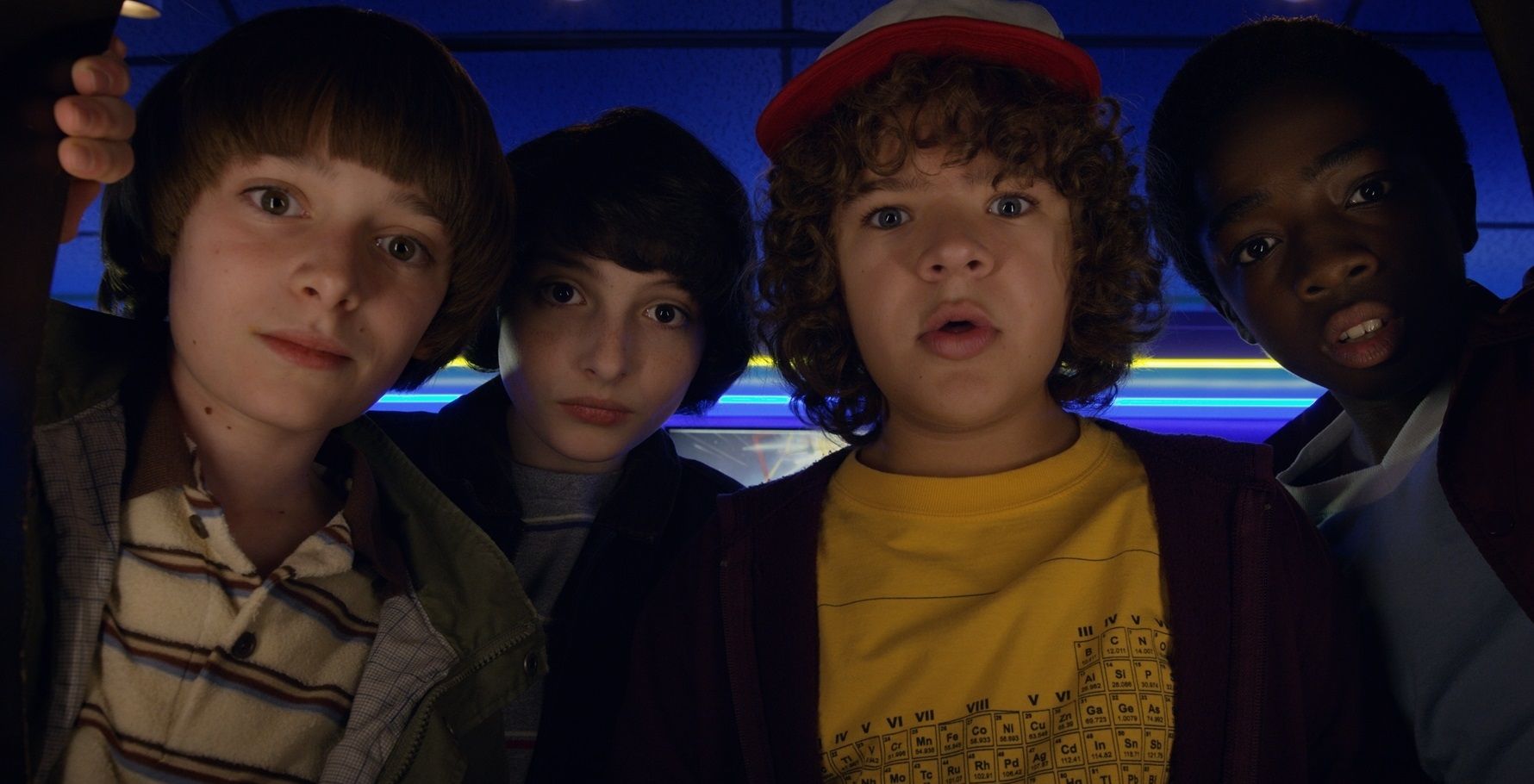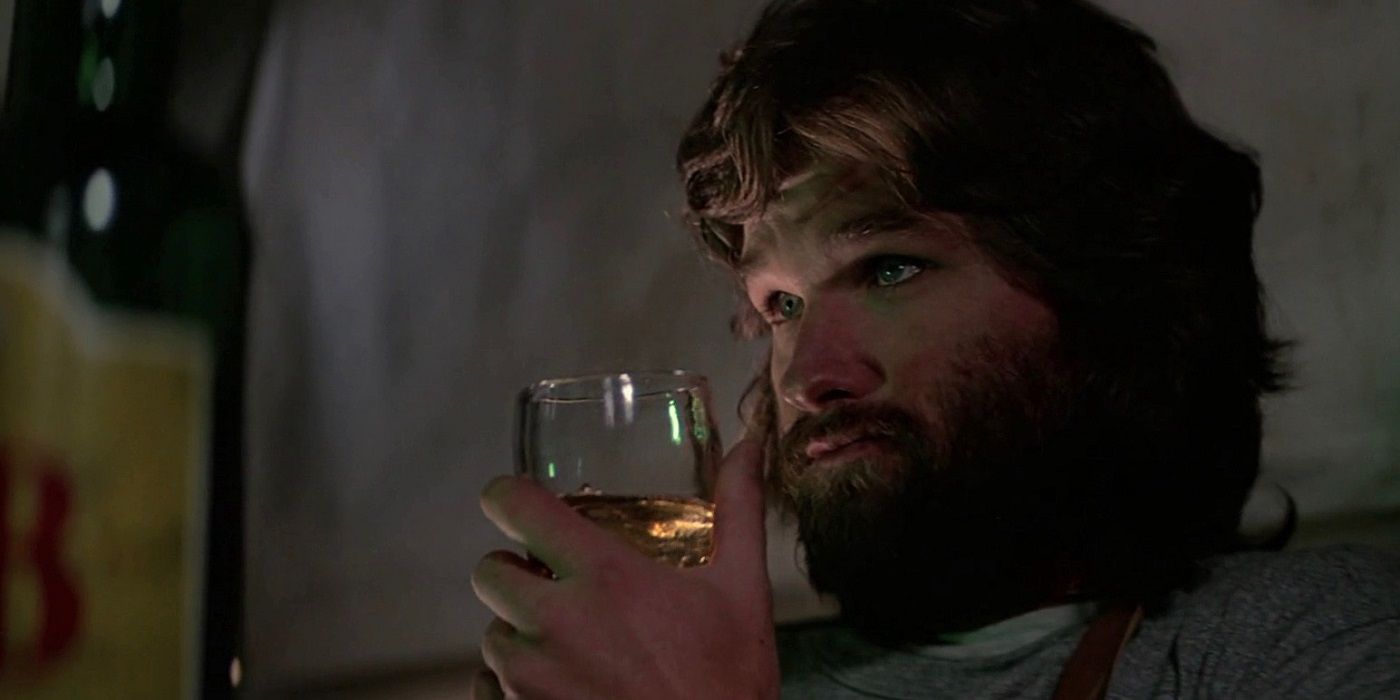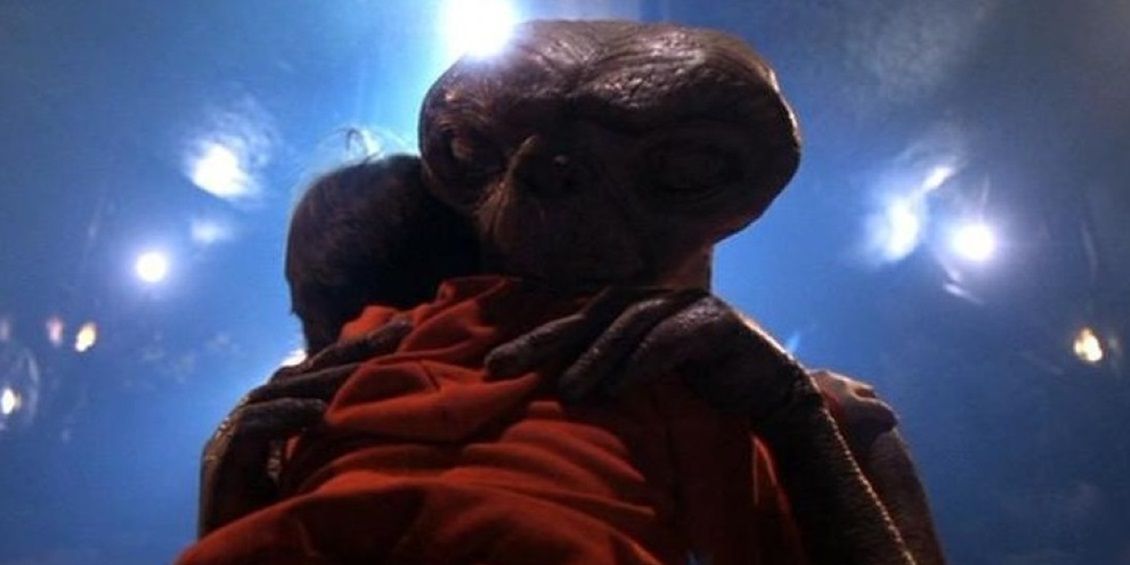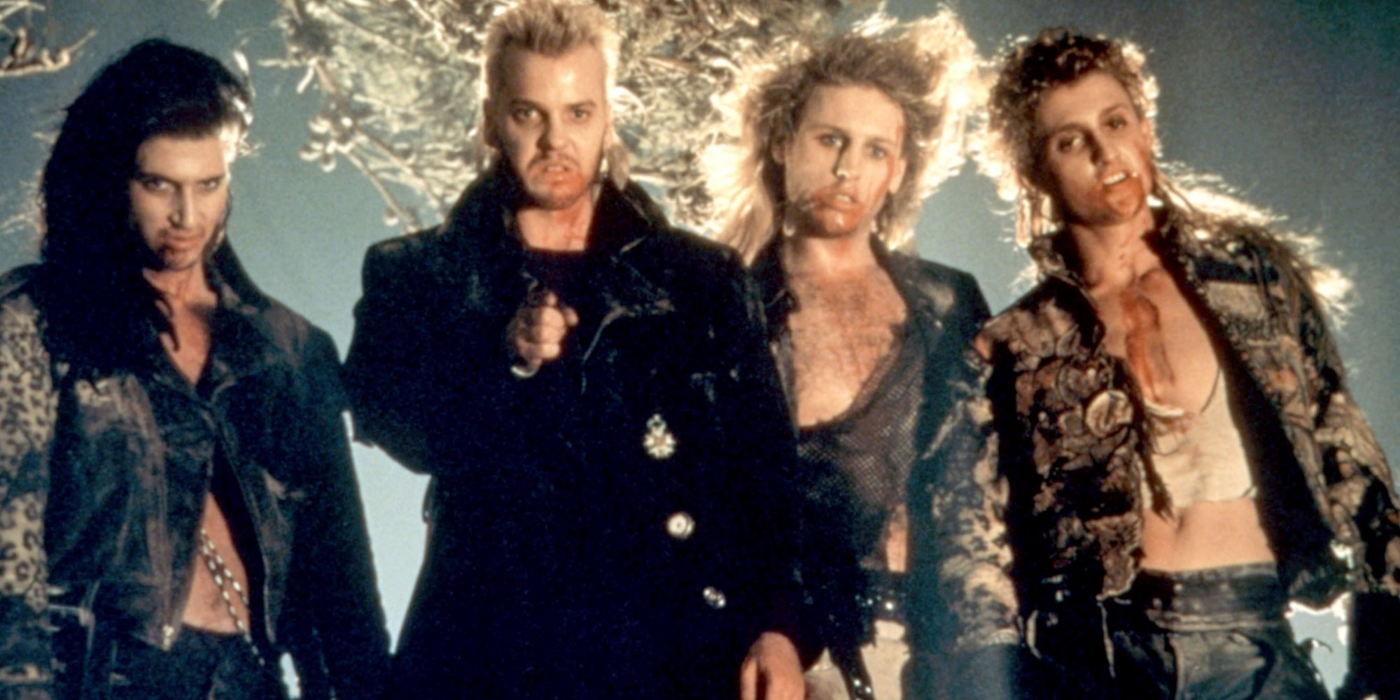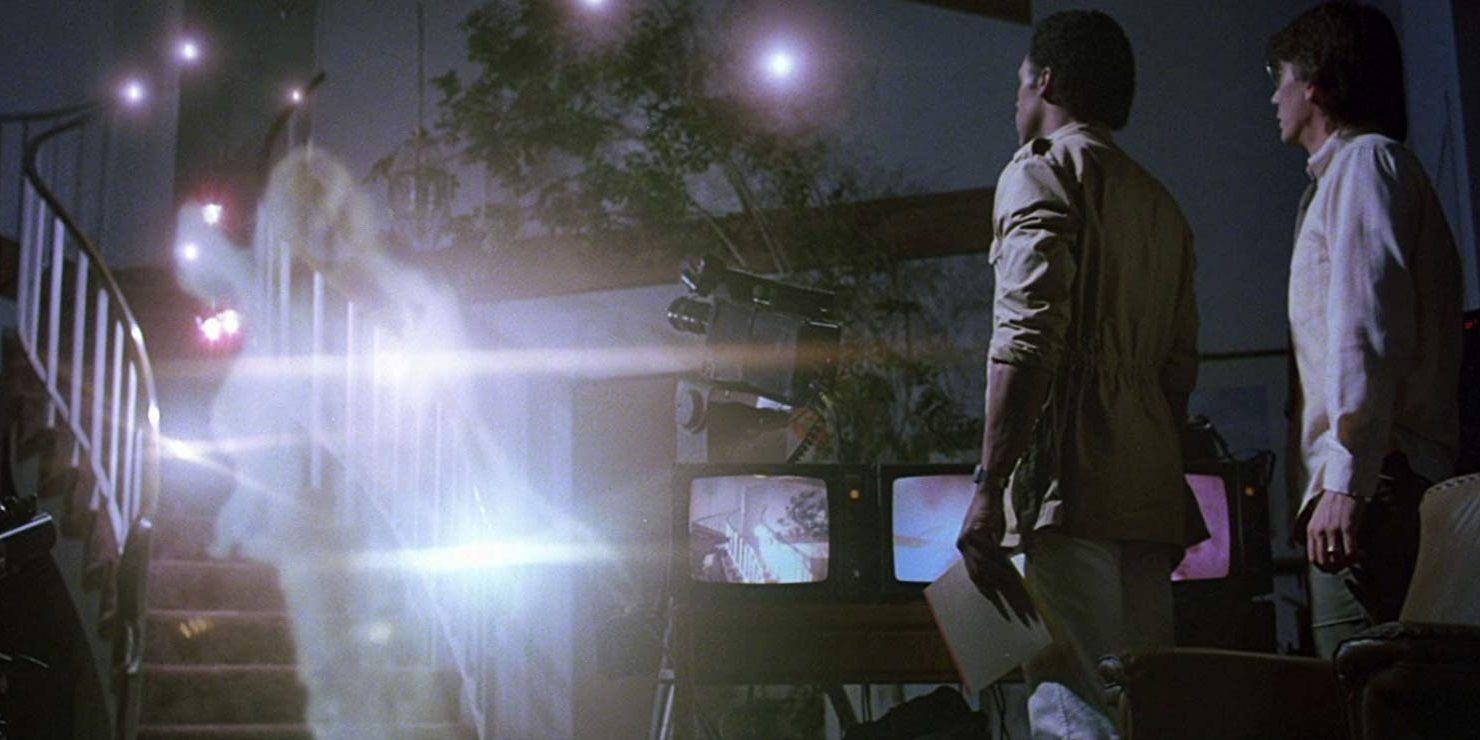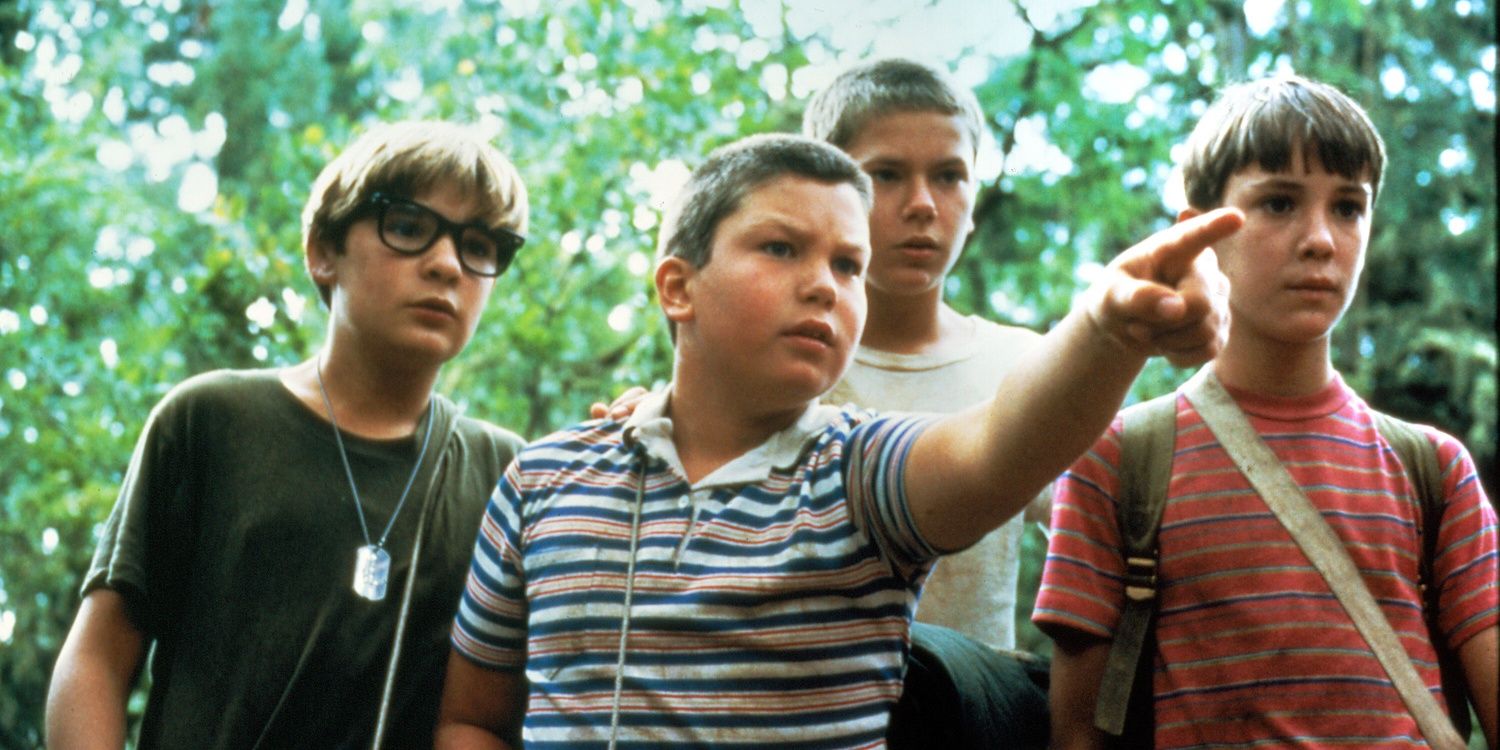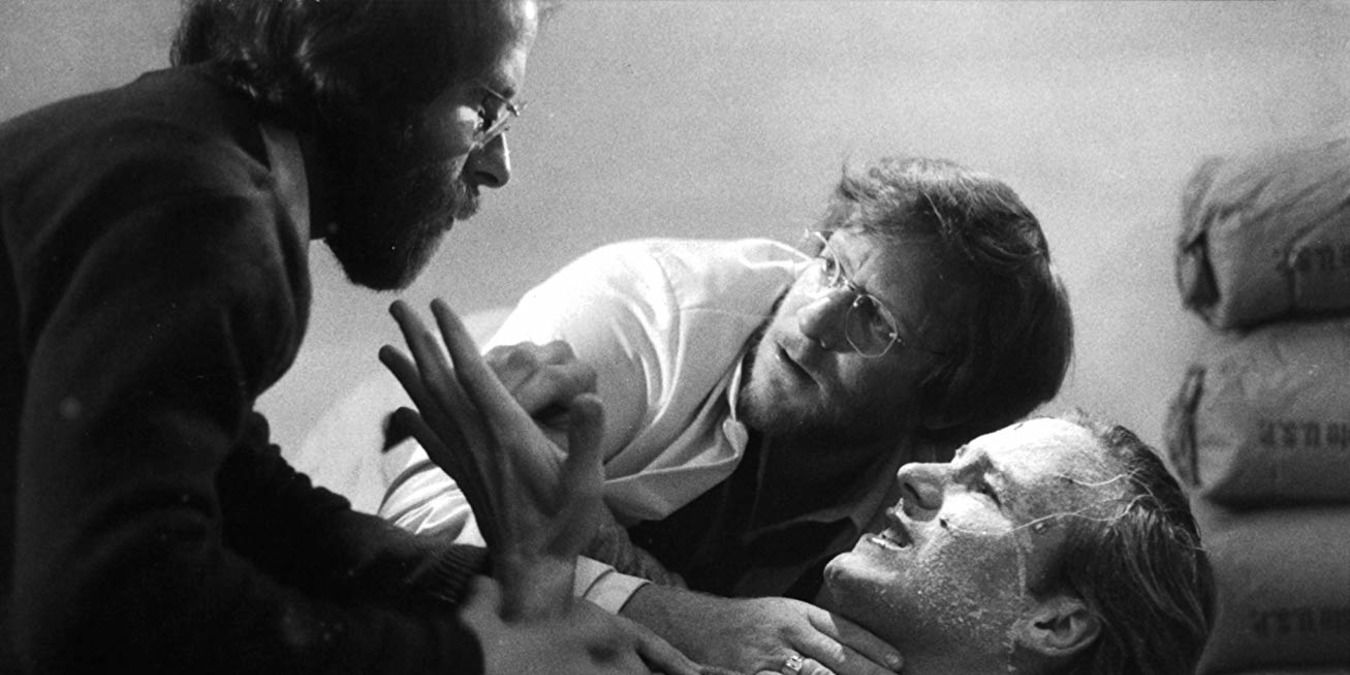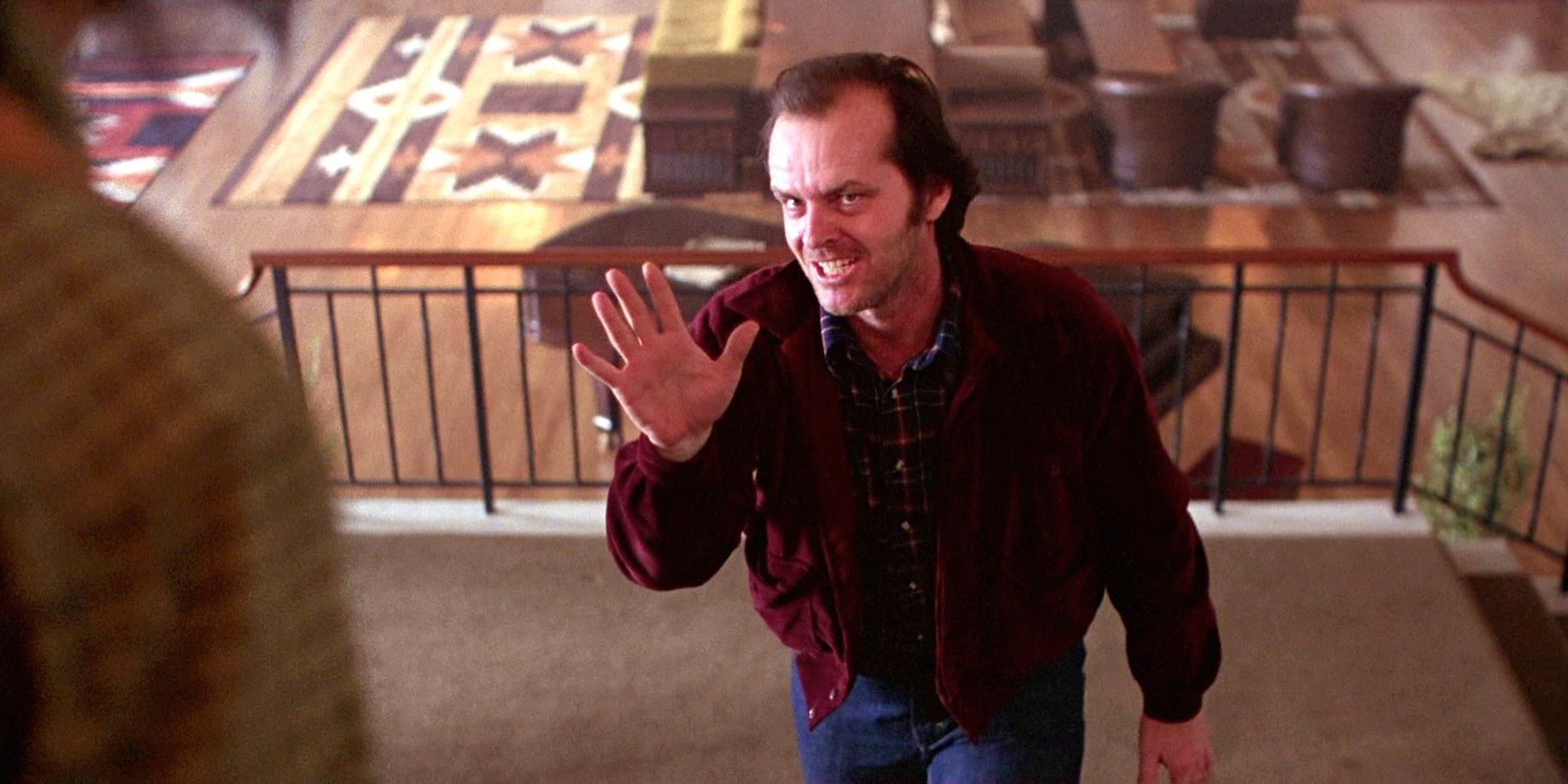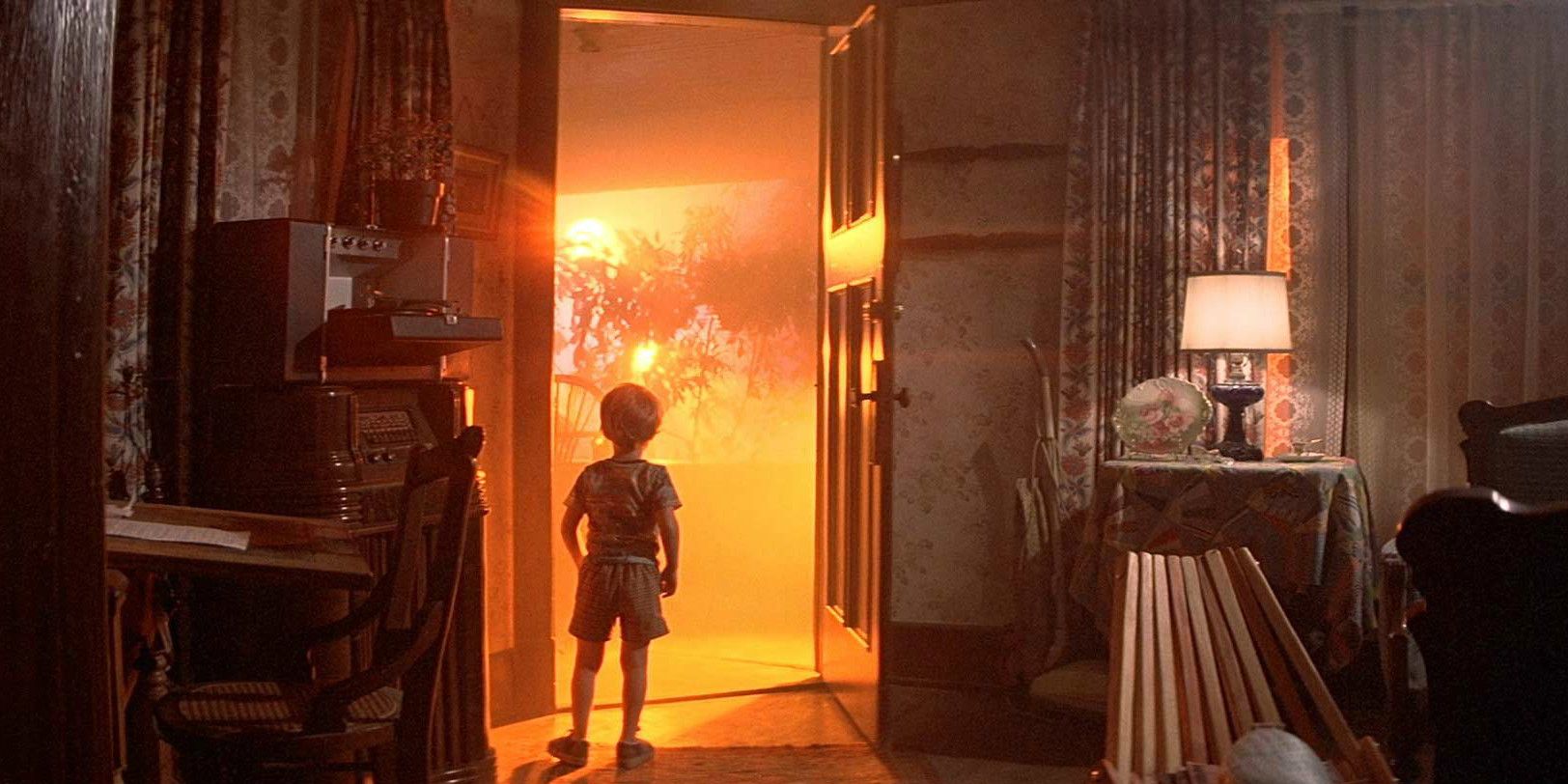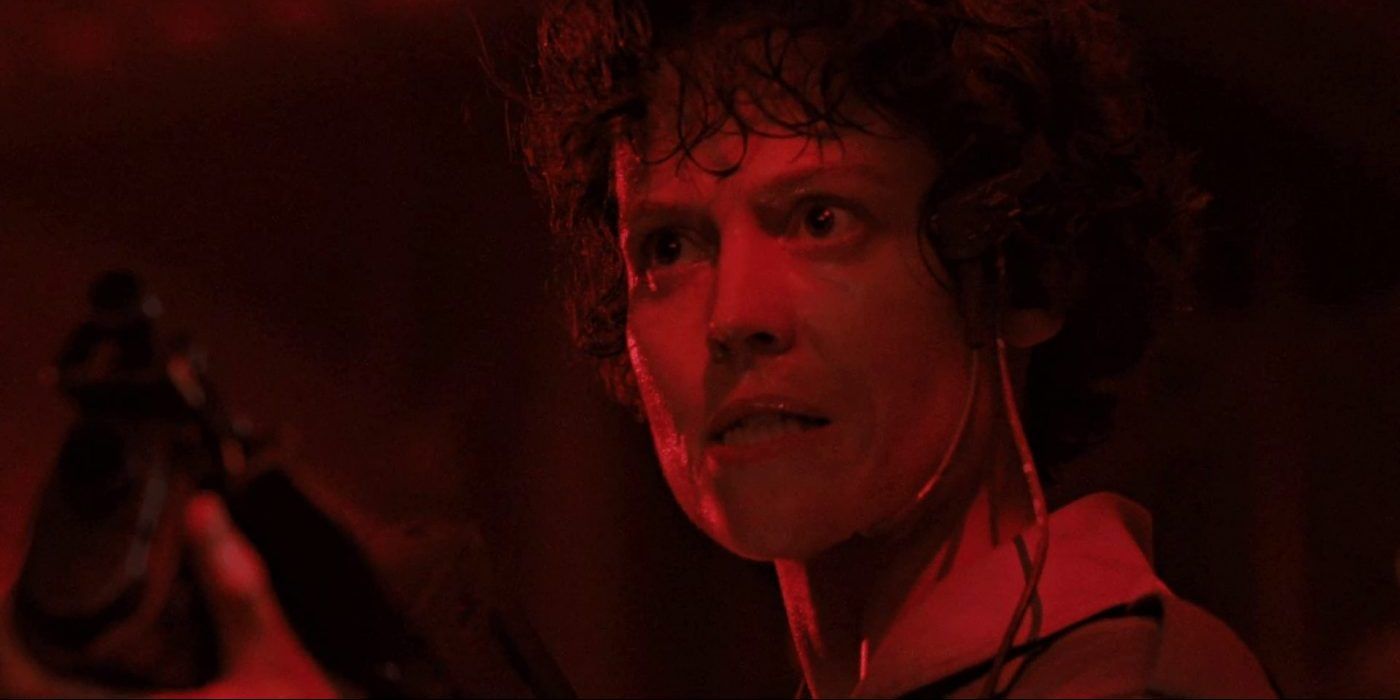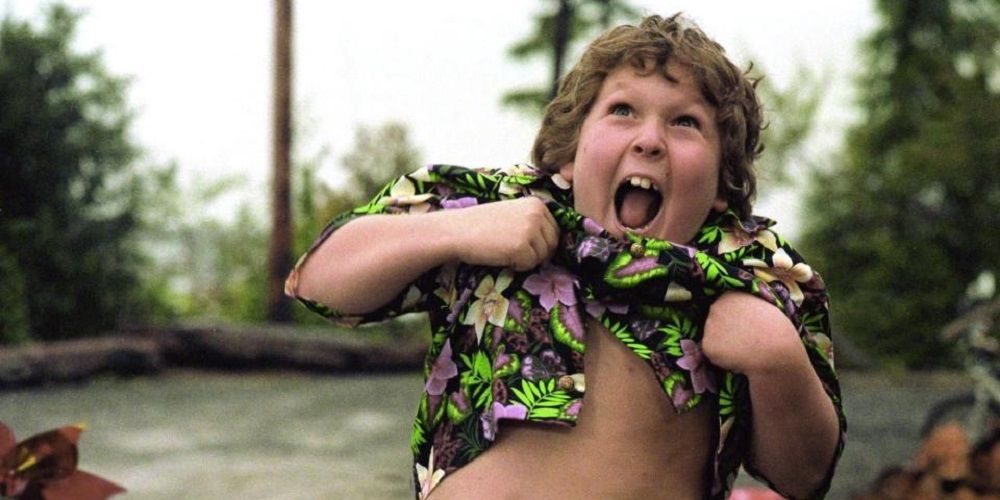What the Duffer brothers’ Stranger Things and the works of Quentin Tarantino have in common is that they take stylistic cues and visual concepts from a variety of past creators’ work and recontextualize the familiar film language to tell a brand-new story. It’s the embodiment of postmodernism.
Stranger Things is a sci-fi horror series set in the 1980s, and it’s shot and lit and edited and written in the style of an ‘80s movie. Particularly, the Duffers took inspiration from the works of Steven Spielberg and John Carpenter. So, here are 10 ‘80s Classics To Watch If You Like Stranger Things.
The Thing
Although it’s set in an Arctic outpost, far away from American suburbia, The Thing has had a huge influence on Stranger Things. In fact, the central conflict of The Thing (trapping the characters in a confined space with the monster) is recreated once every few episodes in Stranger Things.
John Carpenter directed The Thing, a modern retelling of the sci-fi classic The Thing from Another World, while The Good, the Bad, and the Ugly’s Ennio Morricone provided the creepy musical score. The titular monster can shapeshift into anything, including the characters themselves, so the tension is palpable from the beginning.
E.T. the Extra-Terrestrial
A number of moments in Stranger Things have been ripped straight from Steven Spielberg’s heartfelt sci-fi classic E.T., like when the boys dressed up Eleven in a wig to take her outside. In E.T., an alien spacecraft lands on Earth and a couple of aliens get off. The cops scare them away, but they leave one behind.
He finds a kindred spirit in Elliott, a bullied child who is neglected by his family and doesn’t have many friends. Elliott and E.T.’s friendship is a lot like Mike and Eleven’s in Stranger Things (minus the romantic aspects), with both being the heart of their respective stories.
The Lost Boys
One of the most ‘80s movies ever made, The Lost Boys follows a couple of teenagers who move out to a Californian beach town with their mom. They fall in with a rough crowd and find out that the kids who run the town are vampires.
A young Kiefer Sutherland appears in this movie as the villain, years before he would ever take on the name Jack Bauer and pursue terrorists in real-time. In the empty space between the old black-and-white Bela Lugosi movies and the relentless slog of Twilight rip-offs, The Lost Boys came along to make vampires cool again.
Poltergeist
Set in the same spooky corner of suburban America as Stranger Things, Poltergeist is the defining ‘80s haunted house movie. Steven Spielberg provided the story for the film, which gave it a wholesome family angle, while The Texas Chain Saw Massacre’s Tobe Hooper was brought on to direct.
Within the confines of a PG rating, Hooper throws every ominous, horrifying, or otherwise scary twist on the concept of the haunted house that he could come up with at the screen. Poltergeist features a ghost that targets a family – and, specifically, their young daughter – through everyday objects like chairs and dolls and TVs.
Stand By Me
Any shot of the boys walking through the woods in Stranger Things calls back to Rob Reiner’s classic coming-of-age movie Stand By Me. Adapted from the Stephen King short story “The Body,” Stand By Me tells the simplistic tale of some kids who hear about a corpse in the woods and go off on an adventure to find it.
Whereas Stranger Things was made in the 2010s and is set in the 1980s, Stand By Me was made in the 1980s and is set in the 1950s. The two share the same focus on invoking nostalgia in their audience. They each romanticize their historical settings, viewing the past through rose-tinted glasses.
Altered States
The Duffer brothers’ visual pointers for any scene in Stranger Things involving the dark experiments carried out on Eleven in Hawkins’ government lab facility came from the movie Altered States. It’s a sci-fi horror classic about a research scientist’s attempts to study the mental states of humankind through the use of hallucinogenic drugs.
Naturally, the experiments go too far and the scientist loses his humanity. Altered States marked the film debuts of both William Hurt and a young Drew Barrymore. The film’s foreboding score was composed by John Corigliano, who ended up nabbing an Academy Award nomination for his work.
The Shining
Stephen King was unhappy with Stanley Kubrick’s adaptation of his novel The Shining. And to be fair to King, the film does radically depart from the tone and plot of the source material. But what Kubrick did was take the bones of the book and re-craft its most primal elements into something new entirely.
Kubrick took the story of a writer slowly going insane as he takes on a winter caretaking job at a Colorado hotel and turned it into possibly the greatest horror movie of all time. The unnerving visuals, breathtaking performances, and poetic use of film language in The Shining make it a classic.
Close Encounters of the Third Kind
In response to the political paranoia surrounding the Watergate scandal throughout the ‘70s, Steven Spielberg made a movie about the U.S. government covering up an alien landing. A few people encounter a U.F.O. and find themselves wrapped in a dark conspiracy.
Close Encounters of the Third Kind remains the definitive movie about making contact with alien life. Spielberg imbues the film with a sense of wonder that Stranger Things has spent three seasons recreating. He met with real scientists to figure out the most accurate way to depict extraterrestrials arriving on Earth and attempting to communicate with the human race.
Aliens
The Duffer brothers have not kept James Cameron’s influence on Stranger Things a secret. Cameron’s sequel to Alien, Aliens, has some very similar sequences to Stranger Things season 2, when a horde of Demodogs swarms the lab.
When he signed on to continue the story that began in Alien, Cameron realized that the only way to raise the tension from one monster terrorizing a bunch of characters was to have dozens of monsters terrorizing the characters. The second season of Stranger Things followed the same principle. Season 1 had one monster, so season 2 gave us a crowd of monsters.
The Goonies
In Richard Donner’s The Goonies, a bunch of bored kids find what they believe is a map to some pirate treasure, and set out to find it. It’s a simple enough setup, with a cast of lovable characters and plenty of unexpected twists and turns. The Goonies pretty clearly formed the basis for the premise of Stranger Things.
The group of D&D-playing nerds in Stranger Things isn’t too dissimilar to the group of truffle-shuffling geeks in The Goonies. And tales of plucky children taking on gun-toting adult villains they’re not equipped to fight were a prominent staple of ‘80s cinema.

